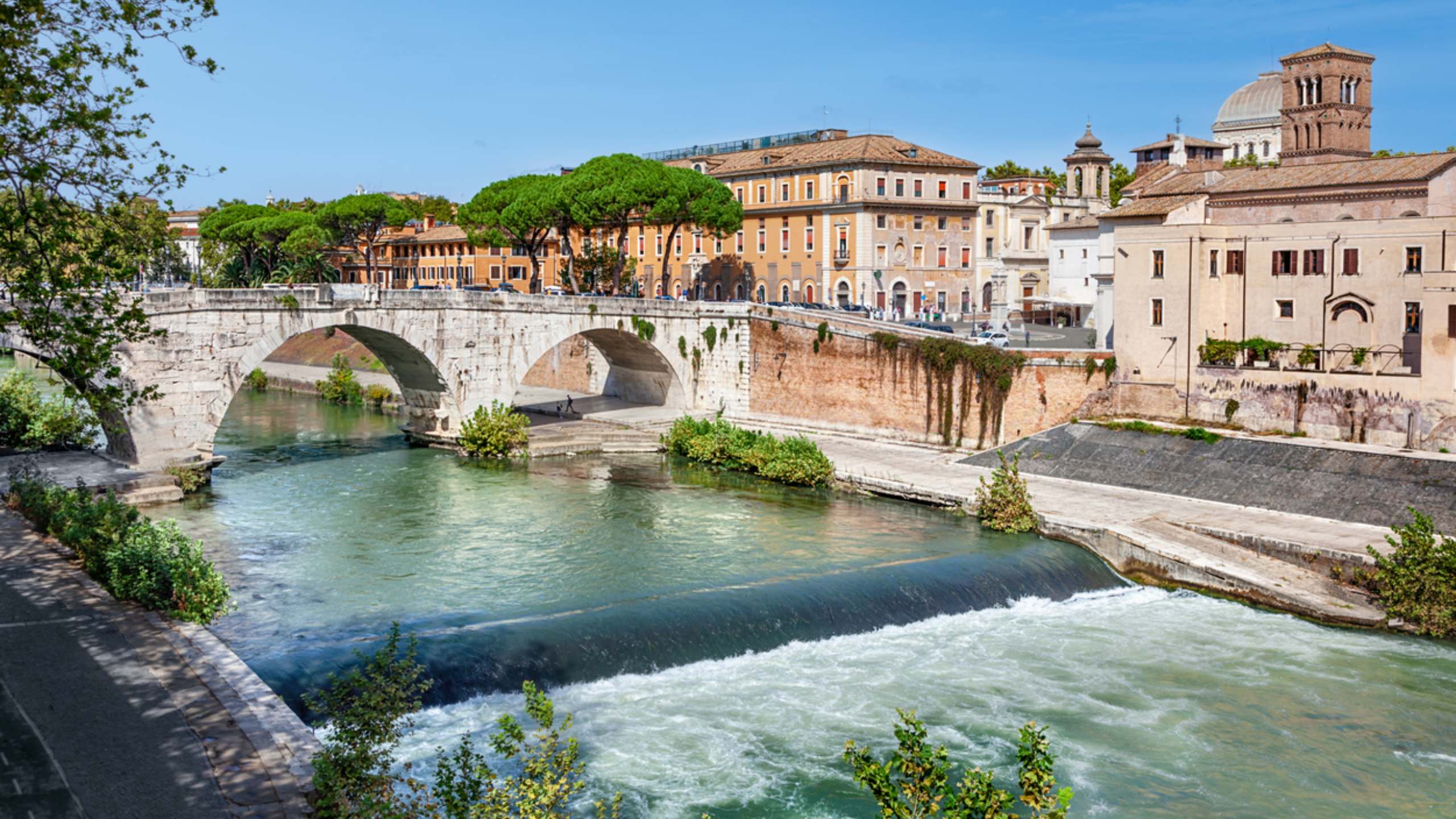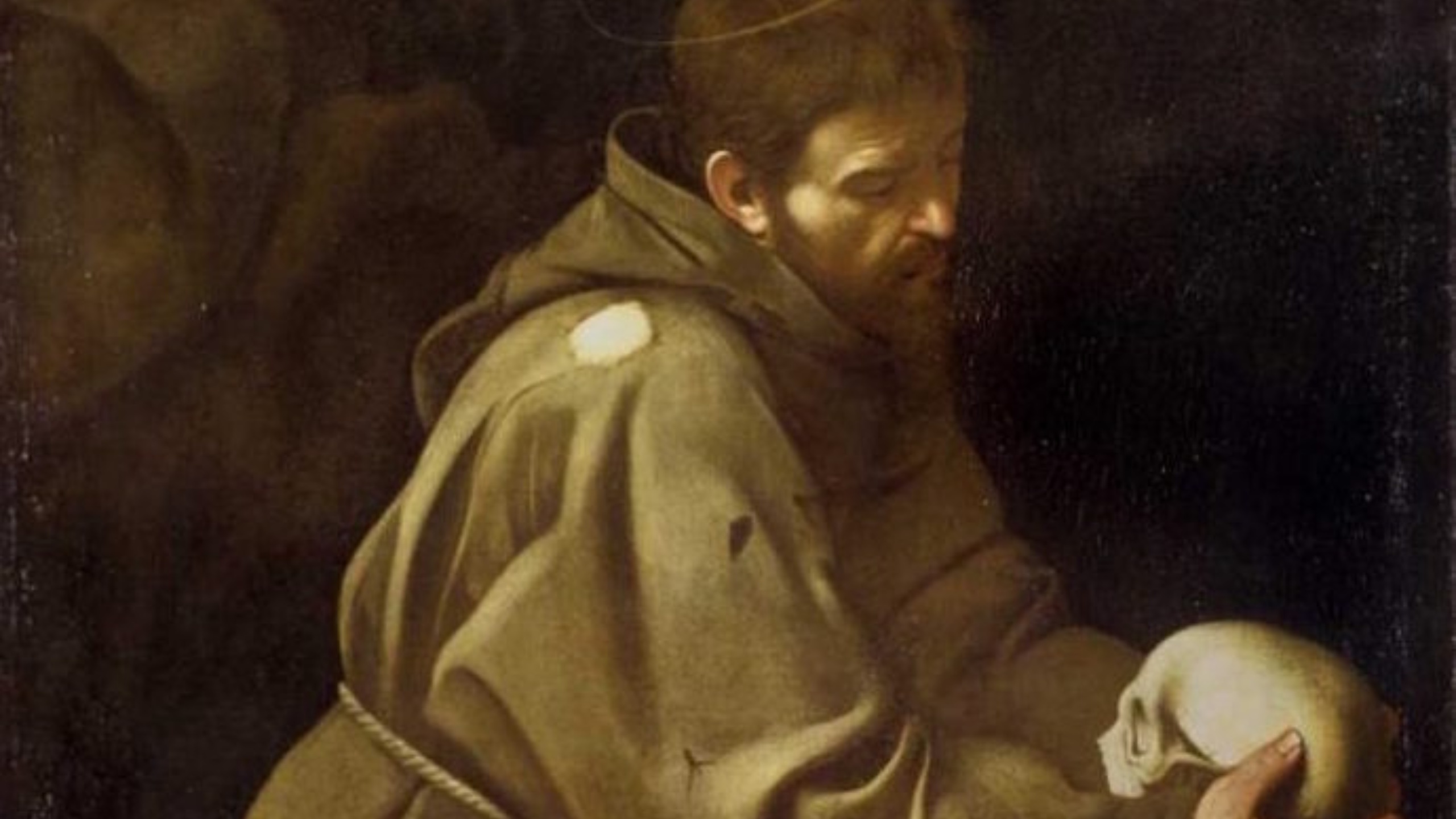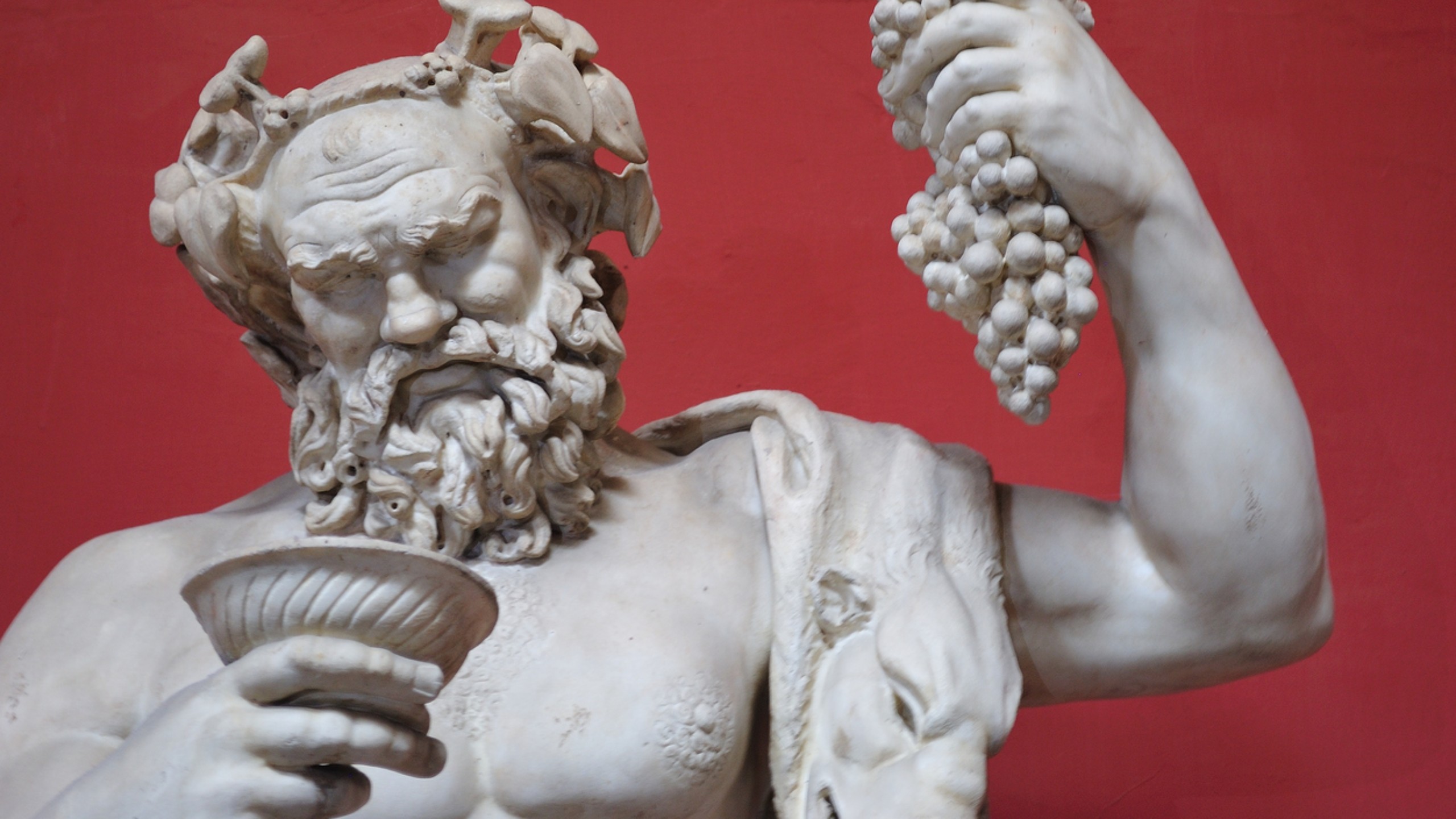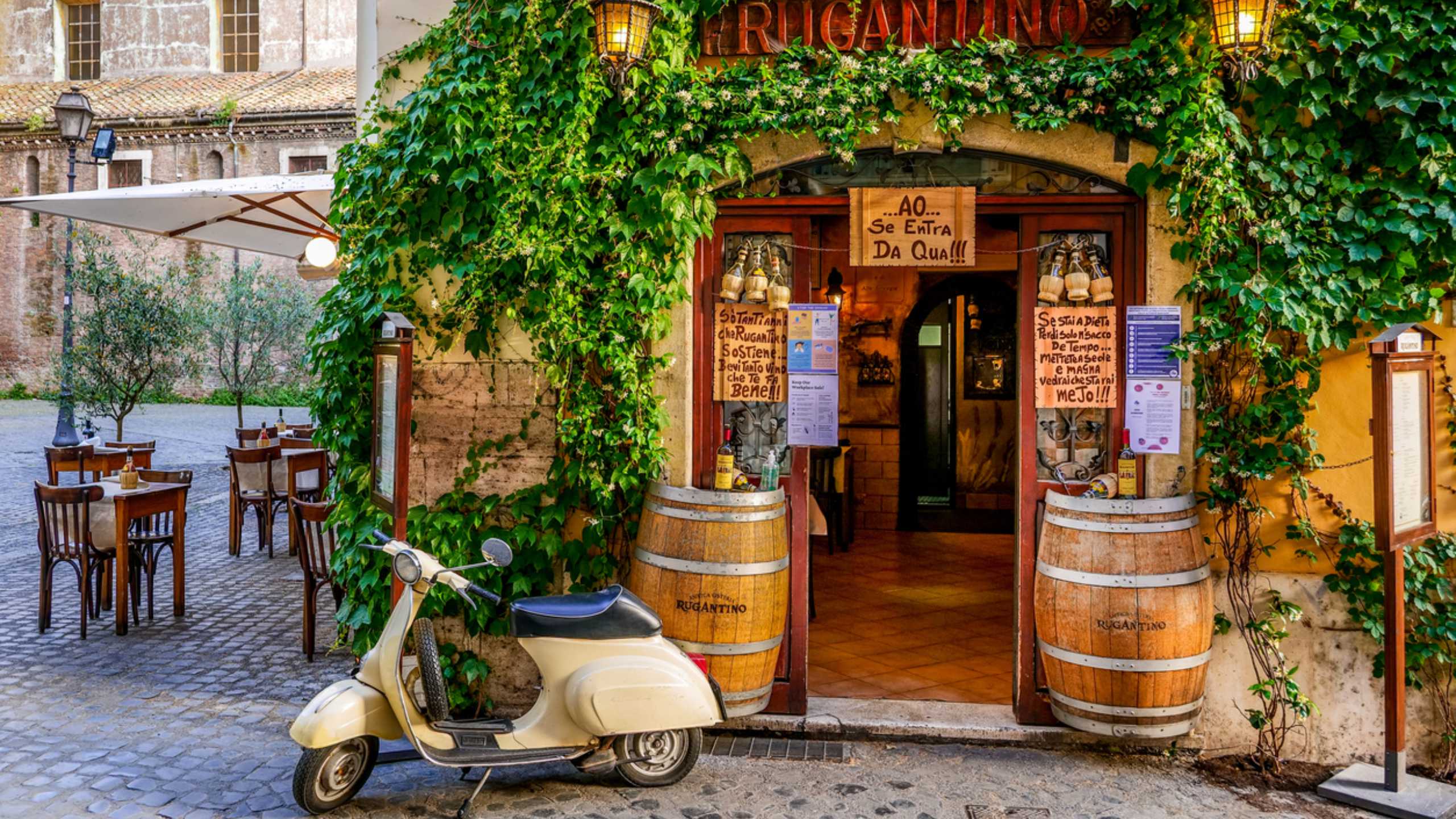A good Italian coffee?
On these pages, we have explored the best ethnic cuisines around us, the unmissable artisanal ice creams in the area, and - of course - the gastronomic art in the “Terrazza Borromini” Restaurant of our Art Gallery. Could the beverage that Italy, the homeland of Espresso since the late nineteenth century, has made a way of life, be missing? The first “Bottega del Caffè” opens in Venice in 1645. The same year in which, in Rome, Borromini works on the helical staircase for the Palazzo di Spagna in the homonymous square and Bernini begins to sculpt “The Ecstasy of Saint Teresa”: in Piazza Navona, the Church of Sant’Agnese in Agone, the Innocenziano College where we are located, and the Fountain of the Four Rivers are still to be built…
Fantastic coffee and where to find it, therefore. A stone's throw from Eitch Borromini and Eitch Belsiana, thus between Piazza di Spagna and Piazza Navona. Culture, taste, sustainability, and - as we will see - even Art, in four very special and much-loved places.
Antico Caffè Greco
Imagine stepping out of your room at Eitch Belsiana near Piazza di Spagna and heading to Via Condotti. Here you will find the oldest café in Rome and the second in Italy after Florian in Venice, born in 1760 and named after its founder's origins. A reference point also for the world of Art, because - in addition to good coffee - its halls house over three hundred works. Over two and a half centuries in paintings, sculptures, medallions, letters, manuscripts, and relics, making this place one of the largest private galleries open to the public.
The historic blend is balanced and, above all, always authentic. It is said that, during the Napoleonic Continental Blockade of 1806, Roman coffee makers mixed chickpea, soybean, or chestnut flours to keep the price constant: at Caffè Greco, the price increased, the cup became smaller, but only coffee powder continued to be used.
Caffè Museo Atelier ‘Canova Tadolini’
Instead, in Via del Babuino, there is the old studio of the immense sculptor Antonio Canova, left in 1818 to his favorite pupil - Adamo Tadolini. As the name anticipates, the place houses the memory of two centuries of Italian sculpture but also the models of works made and kept in Italy or abroad, sketches, and tools of the trade. Works by Canova and by four generations of Tadolini sculptors, recovered in the late 1990s from an antique gallery that also curated the restoration of the place.
A café-restaurant where you breathe Art, amidst a collection of about five hundred pieces. And this time the blend doesn’t matter: the coffee sipped here definitely has a different flavor…
Caffè Tazza d’Oro
And now let's move towards Eitch Borromini, towards Piazza Navona.
Born in 1944 as a roasting company, the ‘House of Coffee’ at the Pantheon is the place of the most famous Italian Espresso in the world. A scent that you can smell as soon as you approach and a truly unique flavor, which Romans have loved for eighty years now. Each coffee bean is roasted in the company's roasting plant, then to be consumed at the counter or in a package to take home. ‘Regine’ blends obtained thanks to collaboration with growers from Central and South America, so appreciated that they are requested not only in Europe, America, and Australia but also in Southeast Asia. So much so that the company managed to open a new establishment, "for a 100% genuine coffee".
Caffè Sant’Eustachio
On the other side of the square, behind the Pantheon, there is another experience to be lived at least once: coffee and - above all - the ‘Gran Caffè’ at Sant’Eustachio. A place born in 1938 and that, today as then, uses wood roasting.
Coffee comes from the Dominican Republic, Guatemala, Ethiopia, Brazil, the Galapagos, and the island of St. Helena. For a goodness with less than two percent caffeine and even solidarity, where the company takes care of both the coffee and the families who live off its production. A wonder that can also be taken home, in a suitcase that will smell completely different when opened.
There are fans of Tazza d’Oro and those of Sant’Eustachio, as there are “fans” of Borromini and those of Bernini. Whatever your choice, welcome to Eitch. Which also awaits you in Via Belsiana with - in the rooms - the coffee machines ‘Bialetti’, the historic brand of the Moka. Invented in 1933 and, since then, an icon of Italian style.







